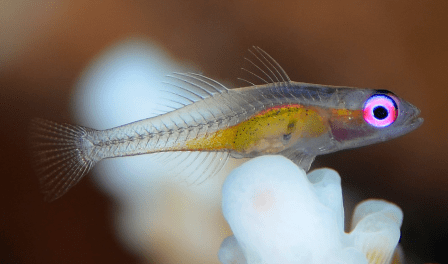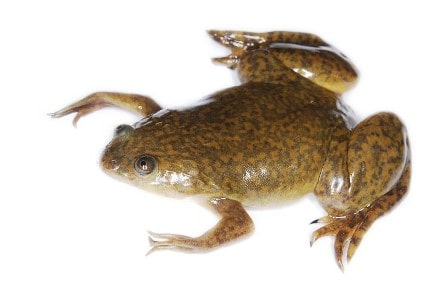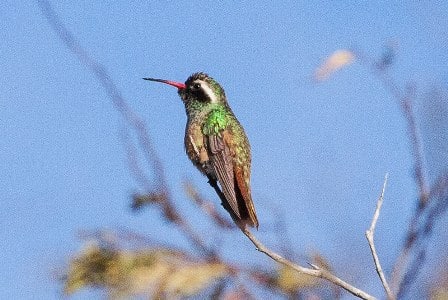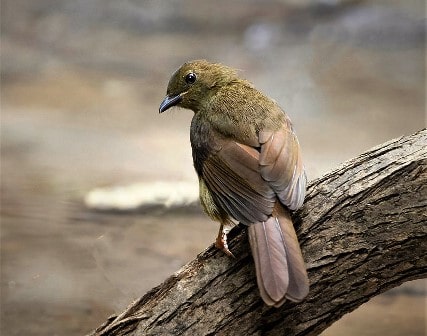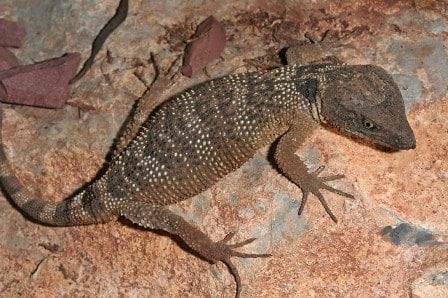Zoo animals that start with “X” are intriguing creatures that are often hard to classify. Some of these animals have unique appearances that set them apart from other zoo animals. Others are known for their abilities and behaviors that are unusual for their species. Whatever the reason, learning about these animals is a fascinating experience. In many zoos, there are animals that start with the letter “X”. There is a multitude of animals that can be found at zoos across the world. While many people are familiar with lions, tigers, and elephants, there are a number of lesser-known creatures that call the zoo home. In this article, we will focus on 10 zoo animals that start with “X” as follows:
1. X-Ray Fish
X-Ray Fish is a type of fish that can be found in the ocean. They have a transparent body that allows you to see their internal organs. This makes them a popular choice for aquariums. X-Ray Fish typically have a silver color with black markings. They are small fish, averaging 2-3 inches in length. X-Ray Fish eat small invertebrates like shrimp and crabs.
2. Xena Fish
The Xena Fish is a freshwater fish that is found in the rivers of Southeast Asia. It is a popular aquarium fish and is also eaten by people in some areas. The Xena Fish can grow up to 8 inches long and has a dark brown body with lighter markings. It is a schooling fish and prefers to live in groups. This Fish is a predator and it eats other fish. This fish is named after the Warrior Princess and is known for its aggressive nature.
3. Xerus
Xerus is a genus of African ground squirrels characterized by their short, fluffy tails. There are four species within the genus: the black-tailed, Cape, common, and Ruppel’s ground squirrels. All species are found in sub-Saharan Africa. Xerus ground squirrels are diurnal and live in burrows which they dig themselves, typically occupying an area of around 1 hectare. They are omnivorous, feeding on a variety of plant materials as well as small animals such as insects, spiders, scorpions, and lizards.
4. Xolo
Xolo, also known as the Mexican hairless dog, is a breed of dog that is native to Mexico. These dogs are known for their lack of hair, which can make them susceptible to sunburn and skin cancer. Xolos come in a variety of colors, including black, white, and brown. They have long snouts and pointy ears and are typically quite playful. Xolos make good pets for families with children and other pets, but they do require regular grooming to keep their skin healthy.
5. Xenops
Xenops is a small, brown, sparrow-like bird that is found in woodlands and open areas of the Americas. They are very common birds and can be seen in large flocks. Xenops are insectivores and eat mainly insects, but also eat berries and seeds. They are known for their loud, distinctive calls which have been likened to the sound of a train whistle. Xenops are good climbers and can move quickly through the branches. They are also very vocal and make a lot of noise, which can be heard from a long distance away.
6. Xenopus
Xenopus, a genus of African clawed frogs, is an important model organism in developmental biology and medical research. Xenopus laevis, the common North American green frog, is used as a model to study organogenesis, embryogenesis, endocrinology, toxicology, and gene regulation. Xenopus is used for many different purposes in research, including the study of embryo development, cell biology, and human diseases. Xenopus have also been used to develop new drugs and treatments.
7. Xantus’s Hummingbird
The Xantus hummingbird is a small, but a beautiful bird that can be found in the southwestern United States and Mexico. These birds are known for their vibrant colors and their amazing flying abilities. They are also one of the few birds that can fly backward. Xantus’s hummingbird, Selasphorus Xantusii, is a small American bird that is found in western Mexico and parts of the southwestern United States. This hummingbird is named for John Xantus de Vries, who first collected the species. It is the smallest breeding hummingbird in the United States.
8. Xenorhyncus Asiaticus
This little fish is one of the coolest creatures in the ocean. Xenorhyncus asiaticus can be found in the waters around Japan and Korea. It has a long, pointy snout and a body that is covered in small scales. This fish is a master of camouflage; it can change its color to match its surroundings. It is a small fish, typically measuring only about 4 inches in length. X. Asiaticus is a peaceful fish that prefers to live in schools and feed on small insects and crustaceans. This species is popular with aquarists for its brightly colored scales and easy-care requirements.
9. Xavier’s Greenbul
Xavier’s Greenbul is a small passerine bird found in West Africa. The species was formerly considered to be a subspecies of the Red-headed Greenbul but is now recognized as a separate species. Xavier’s Greenbul is typically around 12 cm in length and has a green back, yellow head and underparts, and black wings. The species is usually found in forests and woodlands and feeds on insects and fruit. Xavier’s Greenbul is classified as Least Concern by the IUCN, as it is thought to have a large population and does not appear to be facing any significant threats.
10. Xenosaurus
The Xenosaurus (meaning “strange lizard”) was a small, primitive reptile that lived during the late Permian period, about 260 million years ago. It was about 2-3 feet long and had a long, slender tail. Xenosaurus had a primitive skull with large eyes and sharp teeth. It probably ate insects and other small animals.
Xenosaurus is one of the oldest known reptiles and is closely related to the first dinosaurs. It provides valuable insight into the evolution of these animals. Xenosaurus has also been used to study how reptiles evolved into birds.
MORE POSTS: Zoo animals that start with V
Ankurman Handique
Latest posts by Ankurman Handique (see all)
- How to Reach Kaziranga National Park: A Complete Guide - June 29, 2024
- What animals are found in Puerto Rico? - February 23, 2024
- What does coyote poop look like? - February 20, 2024

